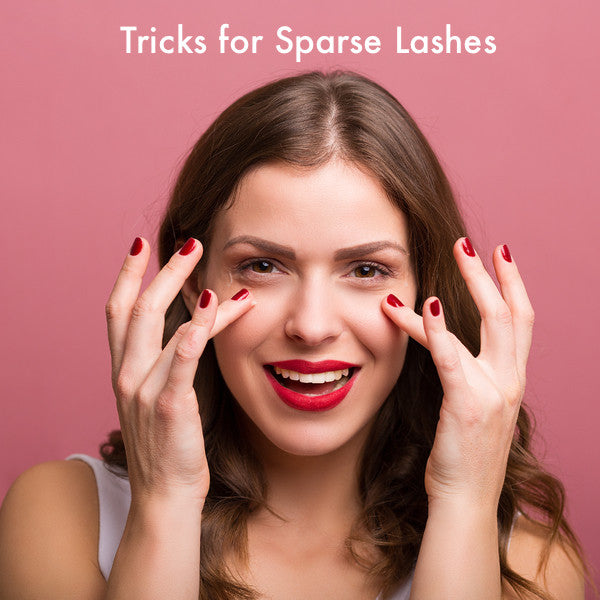Many women struggle with straight, sparse, and sad lashes. They spend half their life curling and coaxing their lashes to grow longer and curlier. They try serums and vitamins and anything else they can find to encourage those lashes to thicken up and get strong. It’s something you only really understand if you’ve experienced it. Having sad little lashes makes day-to-day makeup life a struggle, and it seems like even lash extensions might be impossible. But they aren’t! Lash extensions can be an amazing transformation for women who struggle with thin, straight lashes.
They can be a little more challenging for a lash technician. Straight or thin lashes are naturally more difficult to isolate and fix adhesive and lashes to, especially if the lash technician is inexperienced. Attaching lash extensions to actual eyelashes is careful, delicate work. It takes practice and special technique to make sure that straight or sparse lashes get the right kind of extension attached. But if done correctly, beautiful lash extensions can completely change the look of your client. If a client has damaged lashes from a previous self-attempted or lash artist, lashes can still be made beautiful (if this is the case, you may want to recommend that your client take some time for their lashes to repair themselves).
There are a few ways to make lash extensions even more successful for straight or sparse lashes:
- Isolate the lash completely. It’s always good technique to isolate the lashes carefully to prevent clumping or premature lash loss. With sparse lashes it’s easy for several of them to get stuck to a single lash extension because they are so thin and often close together.
- Don’t fight it. Sometimes lash technicians try to curl the natural lash to meet the extension, but this can actually cause the lash stress and weight that is unnecessary. It’s ok if her lashes are straight – don’t twist, pull or force them into artificial curls which aren’t natural.
- Keep the adhesive on the bottom third of the extension, and attach it close to the lid. The extension is straighter at the base anyway, so the lash and extension can merge much more effectively with adhesive where they are both straight.
- Choose the curl, length, and thickness carefully. It’s easy for big, heavy lashes to look a little scary on a lid that was usually thin and straight. It can also be very overbearing for thin, straight, or sparse lashes to hold long, thick and curly extensions. Consult with your client and make sure you are able to keep her natural lashes healthy while still giving her the lash look she wants.
- Our best suggestion would be to use a J-curl lash extension. J-curl lashes are shaped similar to a J so they have a straight base and then a rounded angle to provide the curl for straight lashes. This will create a gorgeous and natural set your client is sure to love!
Straight lashes don’t have to be the end of the world, for clients or lash technicians. Lash extensions can be beautiful and successful, even for straight, sad, or sparse natural lashes.

